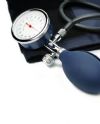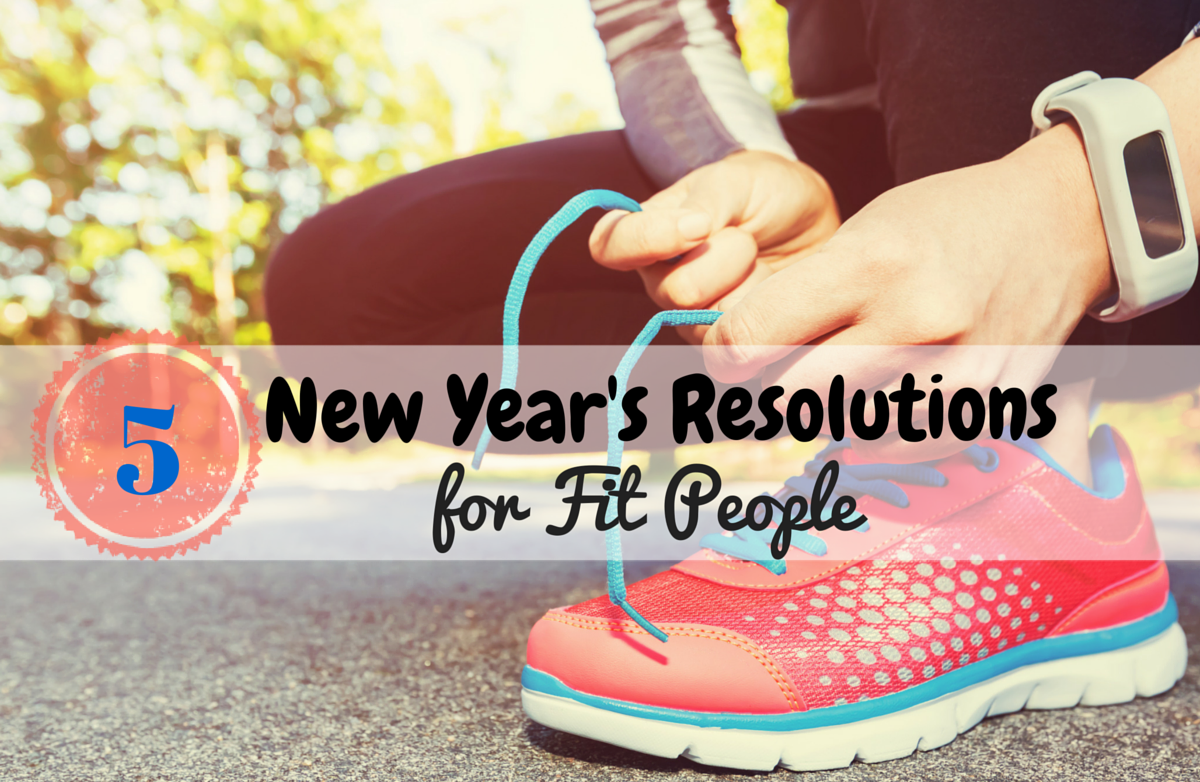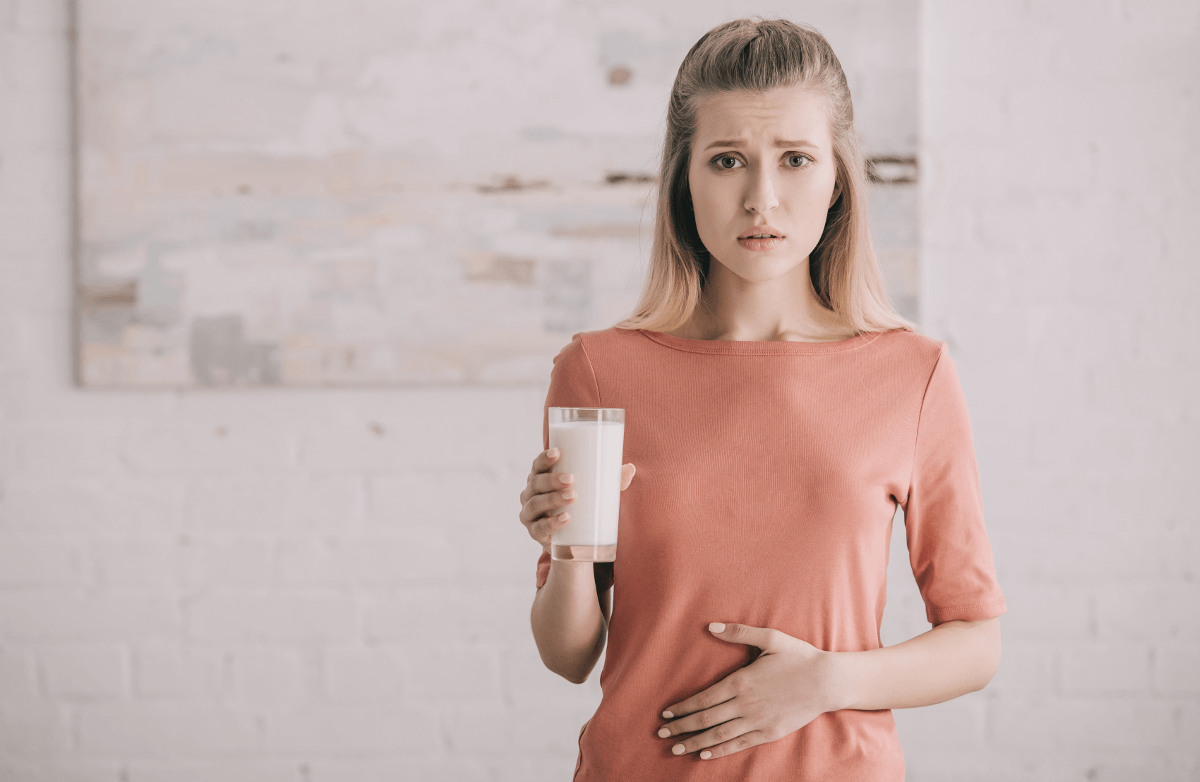|
One of the most serious problems associated with menopause is the increased risk of bone loss as a result of hormonal shifts. This is the first of series of four blogs I'll be writing on bone health, and in this blog I'll cover information on osteoporosis risk factors and diagnostic measures for determining bone density. It's important for women to understand what their risk of osteoporosis is, and the ways they can reduce their chances of a bone fracture later in life. Most women don't think about their bone strength the same way they think about muscle strength. We can see our muscles become more defined with use or atrophied when an injury immobilizes a limb. In contrast, our bones are hidden and we don't worry about their strength until a fracture from weak bone structure occurs. Like our muscles, our bones are constantly being broken down and rebuilt. The degree of building for both muscle and bone is dependent on several factors such as nutrition, stress/ stimuli effect (ie., how weight training stresses the muscles in a positive way that stimulates stronger rebuilding of tissue) and genetics. The breakdown and rebuilding of bone is a necessary part of keeping bone strong, but when either part of the process slows, bones can become weakened. Bones are composed of a hard outer layer, called the cortical bone, and the inner, honeycombed like portion called the trabecular bone. The outer portion provides the bone structure, but it's the inner portion that provides the majority of a bone's strength. As we age, the ability of our bones to maintain mass and normal structure is reduced as bone starts to be reabsorbed faster than it can be laid down. The continued net loss can cause bones to lose their strength and increase the risk of fracture. We all start losing bone mass after 30 years of age, but whether the bone loss leads to fracture risk depends on a variety of influences. For example, a woman that starts out with thicker bones will not develop menopause related weakness as quickly as women who didn't get enough bone building nutrients in their formative bone-building years. After menopause there is an acceleration of bone loss, so it's important for women to get a baseline assessment of their bone mass when they reach menopause. There are several tests used to measure bone mineral density (BMD), but the most accurate test is dual-energy X-ray absorptiometry (DEXA). It uses a very low level X-ray to detect bone mineral levels and can diagnose whether a person has osteopenia (a precursor to osteoporosis) or osteoporosis. The earlier osteopenia or osteoporosis is diagnosed, the better your chances are of slowing bone loss through lifestyle changes and medication. Many healthcare providers are suggesting that their female patients have the DEXA test done earlier than the prior guideline of 65 years, as by that age the degree of bone loss can be substantial. Along with having a DEXA scan, you can see if you are at risk of bone weakness by determining whether you have risk factors associated with increased bone loss. The following are risk factors that can be reduced with lifestyle changes:
Exercise is an important component in bone health as the stress/stimuli of weight bearing and strength training activities causes bones to remodel at a great rate (I'll be covering this topic in more depth in the next bone health blog). A diet rich in calcium and vitamin D, especially early in life, during the greatest time of bone building, is vitally important for strong bones later in life. All women should focus on getting the daily requirements for calcium and vitamin D (there's a link below that provides these guidelines), and increase their intake during and after menopause. If you're a mom with young children and teenagers, keep in mind that the majority of your children's bone strength is determined by the age of 20. Visit the websites listed below to see how much calcium and vitamin D your children need for optimal bone growth. There are many ways to provide these nutrients besides milk and milk products, so if your children aren't milk drinkers check out the list of foods that can be good substitutes. Also, a daily multimineral supplement can ensure adequate calcium and vitamin D intake. Risk factors that can't be changed include:
If you are in the age group where bone loss is a concern (peri and postmenopausal) I invite you to take part in this series of blogs that will explore ways to improve bone health and reduce fracture risk later in life. You can start by taking the FRAX test here (click on the calculation tool), and if you haven't had your bone density tested, call your healthcare provider and request to have the test done. I also welcome any questions you may have concerning bone health that can be included in this series, so feel free to post your questions or comments. Information on calcium and vitamin D recommendations: http://ods.od.nih.gov/factsheets/calcium http://ods.od.nih.gov Have you had your bone density tested? Why or why not? |
Popular EntriesMore From SparkPeople
|











.jpg)



